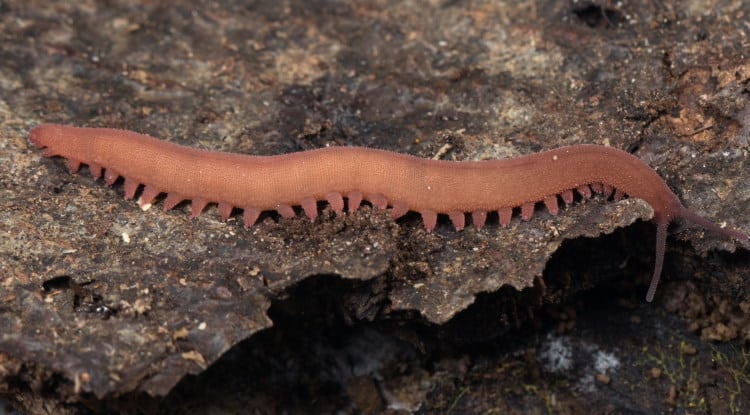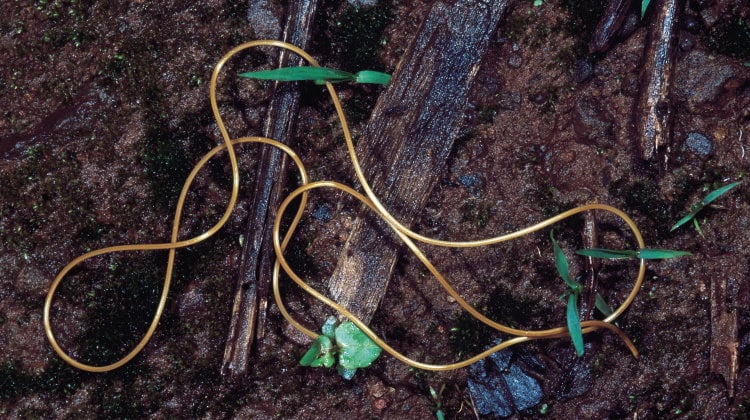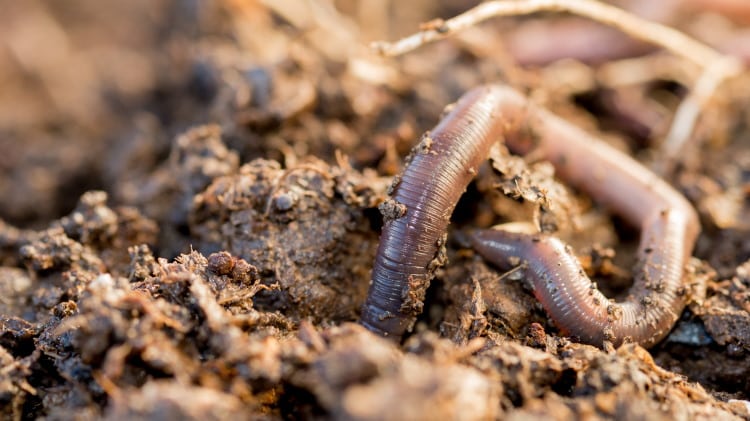How Does the Velvet Worm Catch Its Prey
Velvet worms are tropical invertebrates that look like a mix of a caterpillar, a centipede, and a slug – although they are not directly related to any of these creatures.
Besides their strange origins and looks, the way Velvet Worms catch their prey is also stunning – and one of their most attractive traits.
In popular culture, Velvet Worms are noted for their unique velvety texture and cartoonish appearance.
However, if you were a bug, you wouldn’t find the Velvet Worm cartoonish or funny in the slightest.
In fact, it would probably haunt you in your nightmares.
All 230 known velvet worm species are predatory. They are not picky and will feed on almost any smaller invertebrate – insects like crickets, roaches, beetles, and termites, arachnids such as spiders, and other arthropods like millipedes, centipedes, and woodlice.
Velvet worms share much of their ecology with predatory centipedes, including their feeding patterns. However, there is a big difference in how these predators hunt and feed.
The manner in which the velvet worm catches its prey is one of its most distinct and exciting traits.
What Are Velvet Worms?
Despite their name, Velvet Worms are not true worms. They are not insects, centipedes, or millipedes either; they’re not even arthropods.
These critters are so distinct that they have their own invertebrate phylum called Onychophora, consisting of only velvet worm families, genera, and species.
Velvet worms live only in the tropics near the Equator and in the humid areas of the southern hemisphere – they cannot control their water loss, so they require a constantly moist environment to survive.
These invertebrates are characterized by elongated cylindrical bodies with leg stubs or lobopods that move synchronized in pairs. The smooth leg movement is essential for their livelihood because this way, they can move swiftly and unnoticeably.
And why would they want to do that?
Because they want to sneak up on their prey.
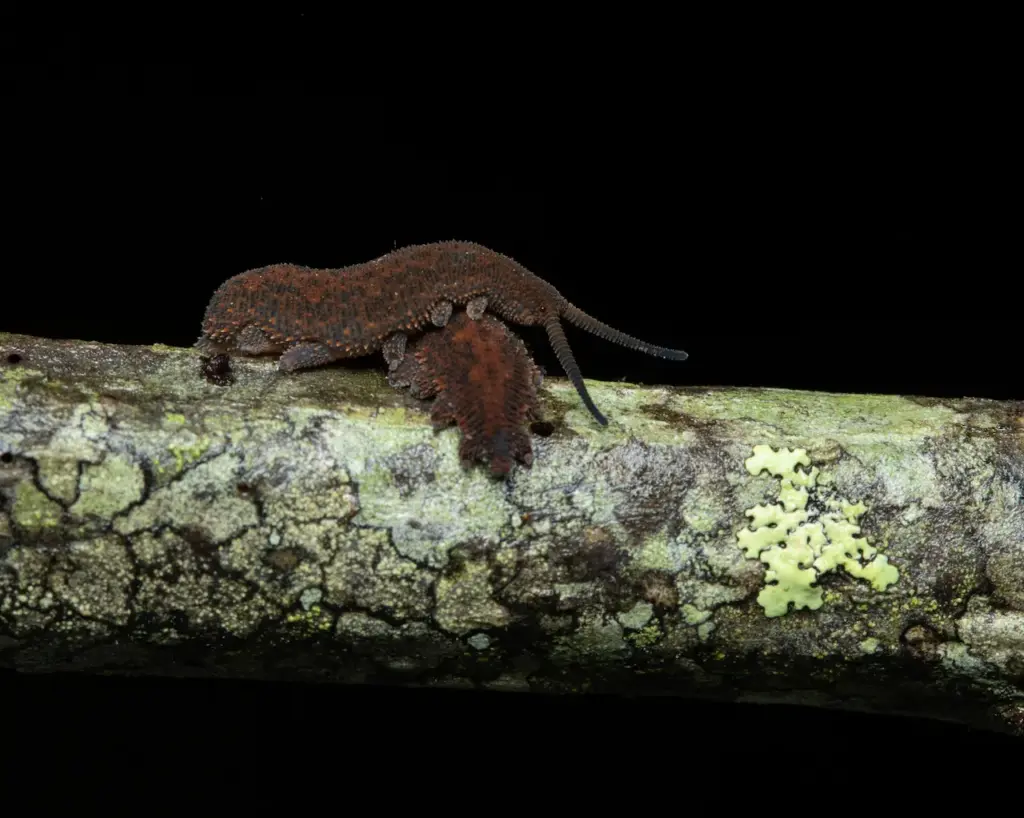
How Does the Velvet Worm Catch Its Prey?
The velvet worm hunting strategy goes something like this: seek, stalk, sense, incapacitate, bite and inject, wait to liquefy, and consume. Here are more details on how the velvets do it.
How Does a Velvet Worm Find Its Prey?
All velvet worms are extremely photophobic (light-avoidant), so they come out to hunt exclusively at night.
They are nocturnal ambush predators, moving slowly and steadily through the darkness and using their senses to locate the prey – it is still unclear exactly how, but it is thought that they sense discrete changes in air currents from prey movement.
Although their eyes are complex, vision doesn’t seem to play a significant role in discovering or attacking the prey.
Once locked on its potential target, the velvet worm will sneak up on it with remarkable steadiness. When it gets close enough, it will swiftly brush its antennae against the still-unsuspecting insect, probably to check its size. The size of the prey is essential since the velvet worm wants to use as little of its secret weapon as possible.
Secret weapon?
Pun intended.
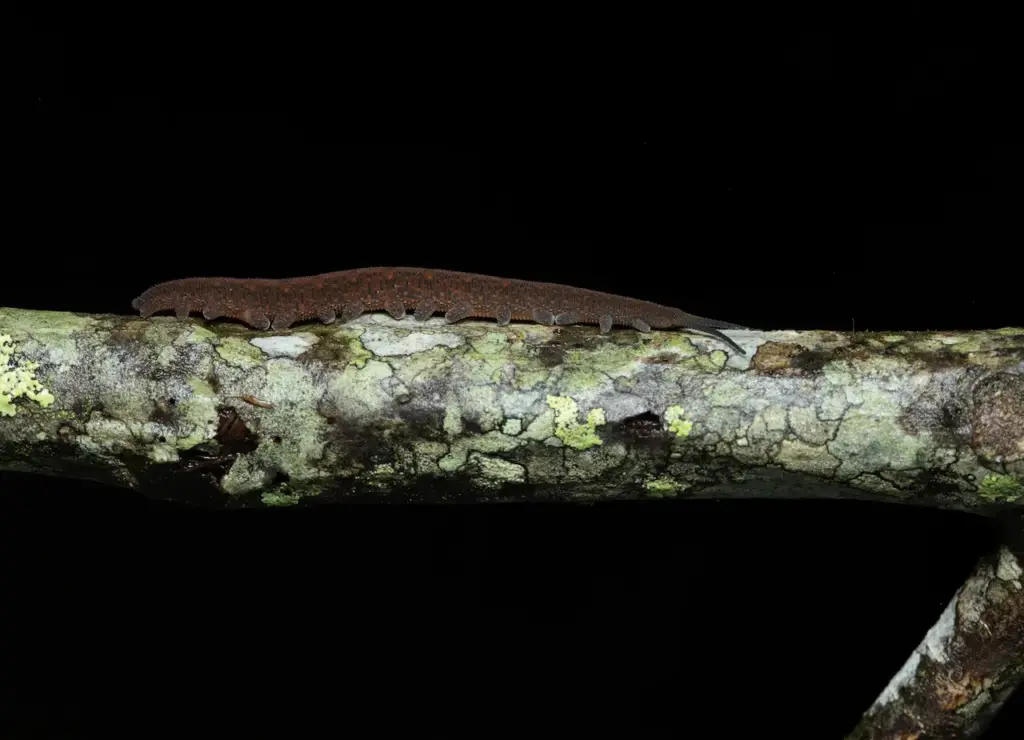
Do Velvet Worms Shoot Slime?
A unique feature of velvet worms is that they secrete a sticky substance from their oral papillae – a pair of modified front leg stubs on both sides of the head.
The papillae are equipped with large and complex glands that produce protein-based milky slime, sticky at first and hard and water-insoluble when dry – like glue. The worms also have slime reservoirs in their body that, besides being repositories, help expel the liquid under pressure.
Since the papillae have muscles like all other legs, the velvet worm can point and squirt his “hunting glue” in the direction it wants and at quite some lengths – up to two feet. This ability makes them unique in the invertebrate world.
The velvet worm squirt is not straight – the stream oscillates in milliseconds, governed by the “spray nozzle’s” musculature. That is why velvet worm sticky spray can cover an entire surface – and the whole prey. Speaking of uniqueness, only two other animals – spitting cobras and spitting spiders – can stream fluid over a wide area.
The velvet worms use their slime shooting systems – also affectionately called slime cannons and slime jets – for both attack and self-defense.
However, they are pretty economical because the slime can take weeks to regenerate. That is why they sometimes attack and eat smaller prey items without spraying them first.
How Velvet Worm Eats Its Prey?
In this stage, the velvet worm aims, shoots – and rarely misses.
The prey is now completely covered in sticky goo, which quickly turns into stiff fibers – its protein shackles. It can’t run away anymore.
After waiting a bit, the velvet worm moves in, finds a weak, soft spot on the prey’s body, and bites in with a pair of jaws. Then, it injects the future dinner with its liquefying saliva, as spiders do.
While waiting for the enzymes to break down the prey’s insides, the worm will eat as much of the now-dry slime as possible to retrieve nutrients.
Because of its sensitivity to drier daytime conditions, velvet worms have only a few daily hours to hunt and feed. It is thought that this evolutionary pressure made them such voracious predators and led to sociality – group living and foraging – in some velvet worm species. But that’s a whole other story.
Summary
- All velvet worms are nocturnal predators who catch their prey by ambushing it, then squirting a stiffening slime over it; the slime is secreted from their oral papilae, can be sprayed over a wide area with precision, and is unique in the invertebrate world.
- Once the slime traps its prey like bug glue, the worm will find a soft spot on the prey invertebrate’s body, bite in and inject the digestive juices that liquefy the prey’s insides.
- While waiting for the liquefying enzymes to work, the predator will eat its now-dry squirted slime to retrieve nutrients.
Conclusion
Despite their plushy, sensitive looks, velvet worms are ravenous invertebrate predators with the unique ability to disable their prey by spraying it with stiffening slime.
The uniqueness of these organisms has made them famous both in popular science and hard research. With the spotlight on them, who knows what we may discover about their feeding habits in the future – provided we can preserve the endangered tropical and subtropical habitats they entirely depend on.
References
Britannica. Velvet Worm.
Brady, Dan. Velvet Worms Squirt Slime! California Academy Of Sciences
Gorman, James. Velvet Worms, Squirting Slime. The New York Times 30 March 2015
Herringe, C.A. et al. (2022) Benefits and costs of social foraging in velvet worms. Ethology, Vol.128, Issue 3 March 2022, p.197-206
Some characteristics of Onychophora. Onychophora Website
http://www.onychophora.com/onychophora.htm
Updated Onychophora checklist. Onychophora Website
http://www.onychophora.com/list.htm

